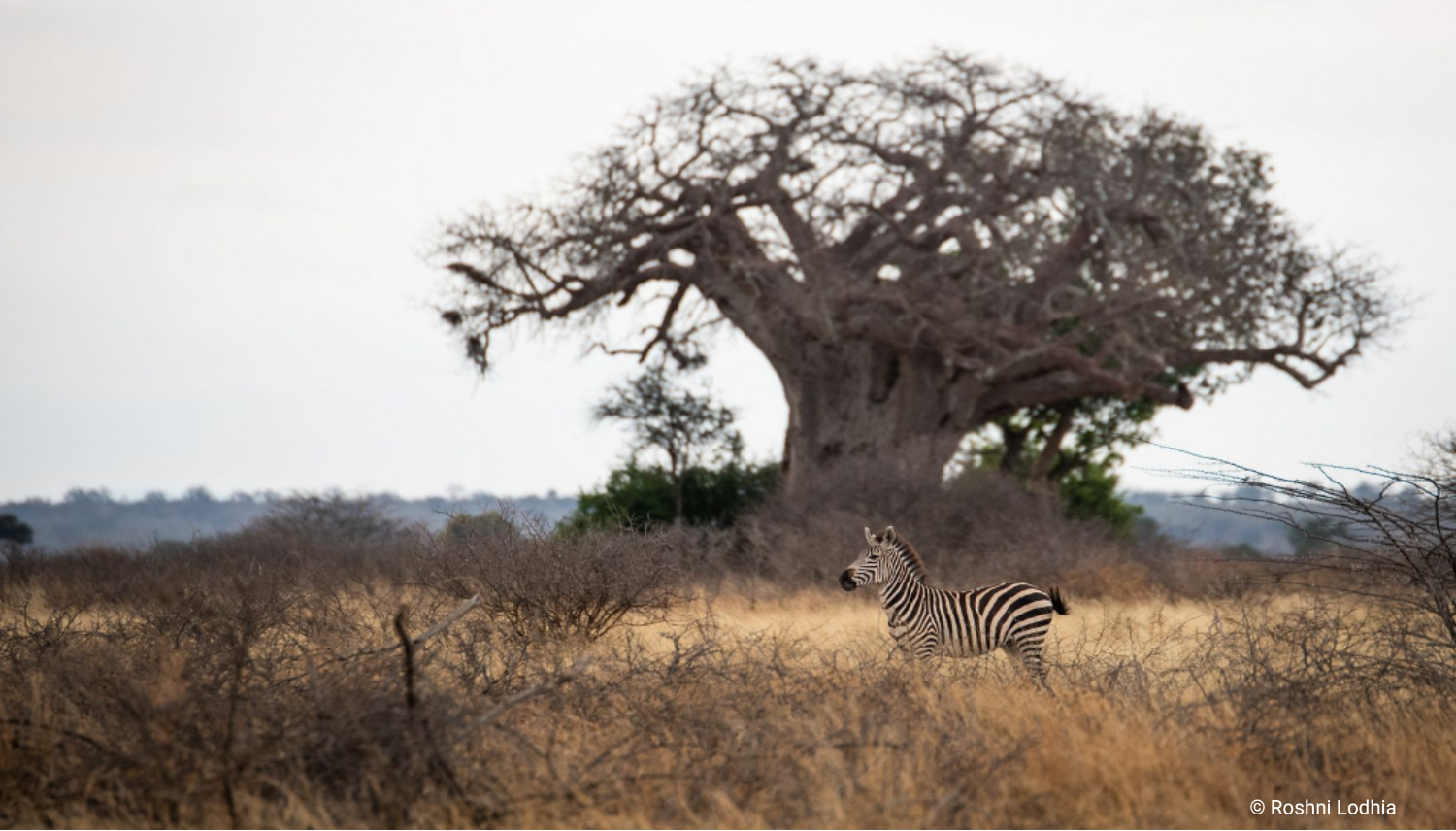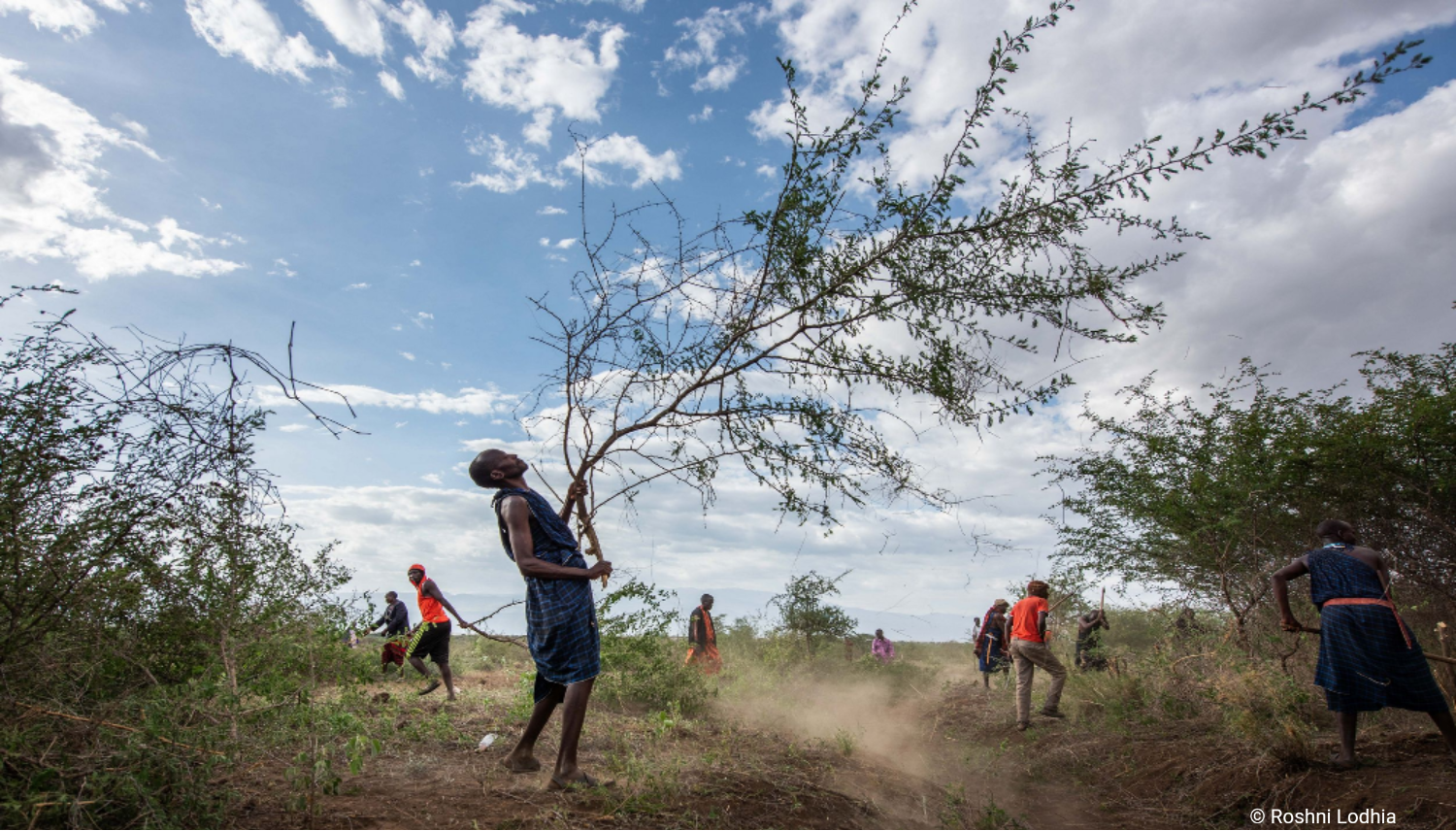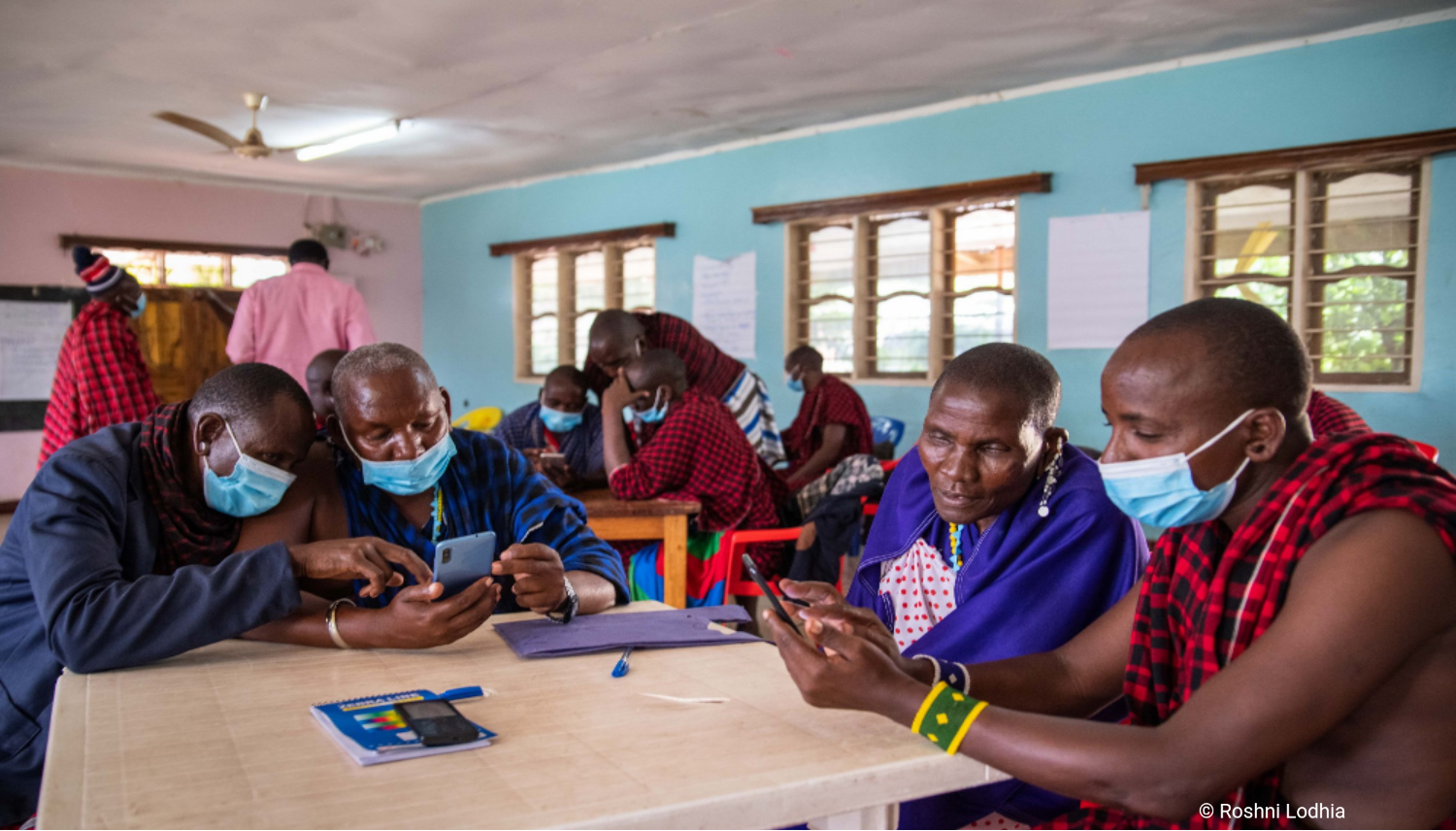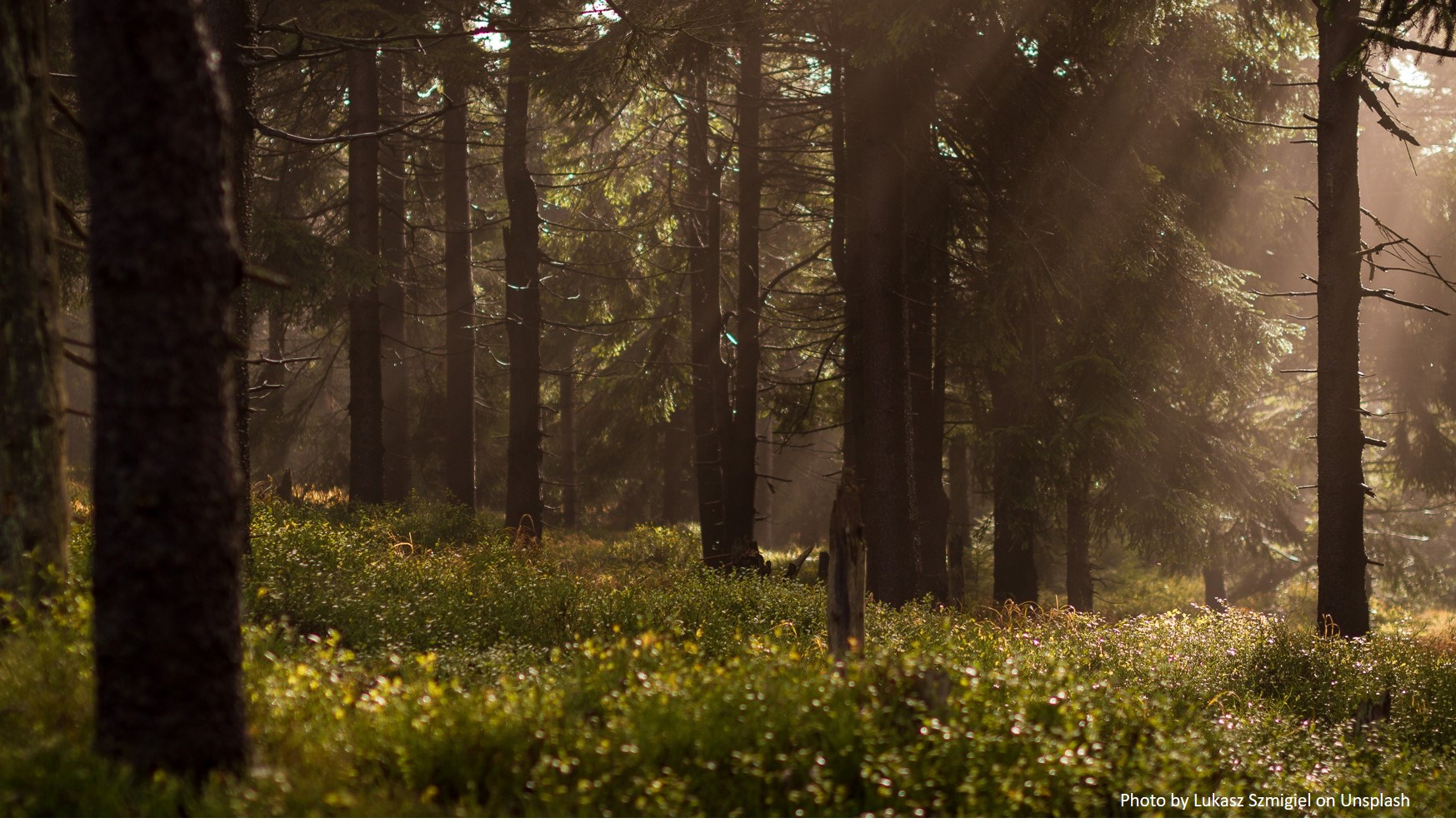Invasive removal in northern Tanzania
In 2015, ABCG Global Change Impact working group began a process to examine, how different communities in Africa, like others in the world, were impacted by, and ways they respond to climate change. The study was conducted in 10 countries in Sub Saharan Africa.
The study revealed that around 35 % of the adaptation responses conducted by the local community had a negative impact on biodiversity. These adaptation responses which included overexploitation of natural resources and increase farm size by encroaching to natural habitats were damaging the ecosystem.
ABCG member, The Nature Conservation (TNC) led and carried out a survey in a number of communities in Moduli District, Northern Tanzania. The survey results revealed that 75 % of the grazing land in Northern Tanzania was dominated with the invasive species. The invasive species was affecting the landscape’s capability to deliver integrated grazing land for pastoralist, and habitat for wildlife by degrading both soil, and grassland.

Based on an article published by Nature.org
In a region where healthy grass means everything, the encroachment of sickle bush has been an unwelcome new challenge. For years, community members have been looking for a solution. Uprooting would take a lot of work, and no one could afford to divert time and energy from income-generating activities to try an untested solution.
But in October 2019, members of the Northern Tanzania Rangelands Initiative (NTRI) held a workshop in Monduli district to identify the threats communities were facing due to a changing climate. Tackling this invasive plant was at the top of their list.
Africa Biodiversity collaborative group and member, The Nature Conservation, with funding from USAID—launched a pilot project to control the spread of sickle bush that was dominating about 75 percent of grazing land in Selela and Lemooti villages, and over 18,500 acres in Randilen Wildlife Management Area.

In late 2020, dozens of local community members were hired to join the removal effort in Selela and Lemooti villages and Randilen Wildlife Management Area. The work was laborious: axes broke, thorny branches cut hands, and the hot October sun beat down.
“Getting the sickle bush from the ground was hard because there wasn’t any grass to make [the soil] soft,” said Sung’aret Leudoya, a pastoralist who was part of the removal team.
But after a few weeks, the landscape had opened up, and was dotted with large piles of uprooted plants that will be used to build local houses or become biomass to fertilize the land and promote grass regrowth. After the paid work ended, the community members were so happy with the results that volunteers continued the work. In the end, more than 400 acres were cleared.
After the sickle bush was uprooted, ABCG member, TNC trained community members on the use of a mobile app, which is programmed with easy-to-understand indicator questions in Swahili or Maasai. The app enables the community representative to collect important geo-referenced indicators of invasive species regrowth.
After the data is collected, it is sent electronically to an online database managed by TNC and used to provide feedback to the community about rangeland improvements.
“You know everything depends on expertise, and we didn’t have the expertise to pluck them,” said Happyness Lemuriet, a local leader who was hired to oversee the effort. “So when TNC organization came it had enough experts who are specialized. That’s when they said that the main aim was not only to cut it, but to unearth it from the roots. And you would find that the plants that we chopped down from the roots have not regrown again.”
But how can we keep invasives like D. cinerea from taking over in the first place? TNC’s’s efforts in grazing management over the last several years complement this work by creating healthier grasslands that are less susceptible to invasion.

ABCG member, TNC and nine other partners in the Northern Tanzania Rangelands Initiative (NTRI), including Ujamaa Community Resource Team, have been supporting communities to manage their lands well through a formal grassland management program. Pastoralists were trained on concepts fundamental for regenerating and maintaining land health, including herding village cattle together as one herd and directing cattle to specific grazing blocks for set lengths of time.
By implementing grazing plans that allow grass to recover, these communities can now protect their grass from being crowded out by other species.
Six months after the large areas of sickle bush were removed, grass had started to grow in place of the tangled thickets. Wildlife was again spotted in the area, and pastoralists were finding more grass for their cattle.
“I went there and I saw that we really did meaningful work because the wilderness looks really beautiful, the animals are eating happily, the cows are eating happily,” Leudoya said.
The pilot project area will continue to be monitored, but all early reports have shown that this uprooting method can lead to successful regrowth of nutritious grasses. With additional funding, ABCG could replicate this program in other villages across northern Tanzania and Africa to ensure healthier grasslands for livestock and wildlife.
Read the article on nature.org: Clearing the Way for Healthier Grass in Tanzania
More resources:

